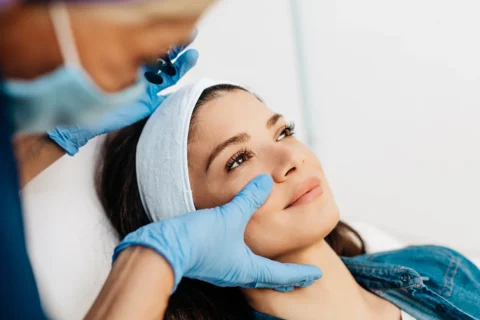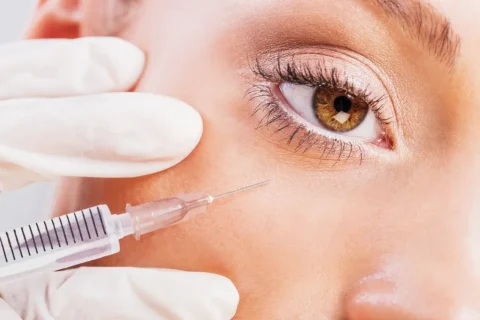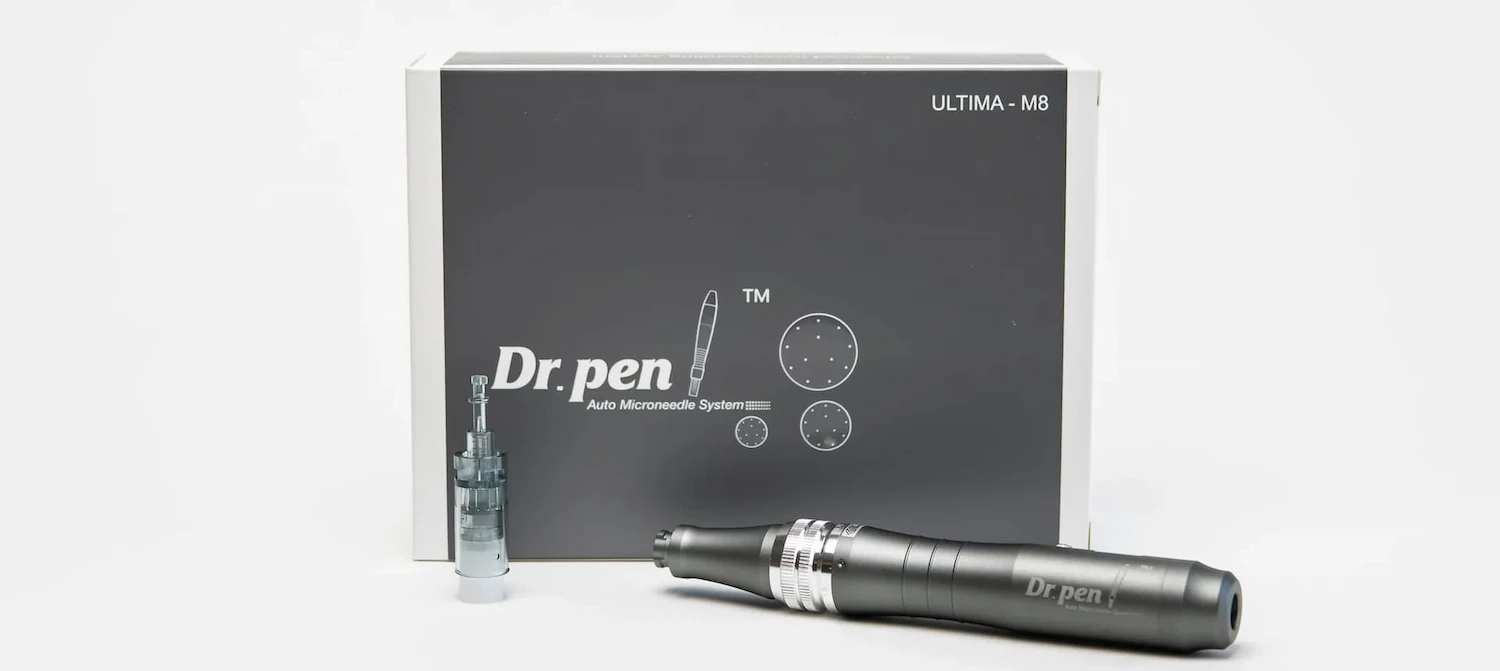Gauging polynucleotide treatment costs? Location and severity play a role, so discover what to expect and budget accordingly.
Polynucleotide treatment costs differ based on several factors. Location significantly affects the price; for instance, urban clinics often charge 15-20% more than those in rural areas due to higher overhead. Experienced practitioners generally command higher fees, reflecting their expertise and potentially leading to better results.
The volume of polynucleotide solution required directly influences the overall cost. Stronger treatments, needed for more severe skin conditions, can increase the price by 25-30% per session. Patients typically need three to six sessions for optimal results, which adds to the total expense.
Since insurance companies generally do not cover polynucleotide treatments, individuals should budget accordingly. Individuals should also consider the additional costs, around $50-$100, for post-treatment skincare products. The specific type of polynucleotide treatment selected also impacts costs, with some advanced formulations commanding premium prices. Budgeting and understanding different treatment types can help manage overall expenses.
Polynucleotides Explained
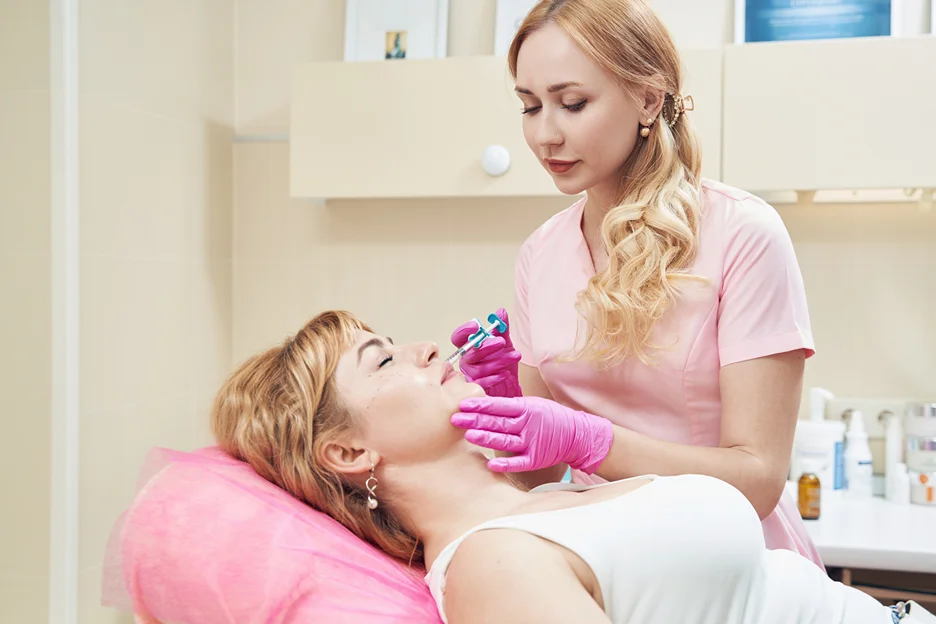
Polynucleotides are chains of nucleotides, the basic units that make up DNA and RNA. They store and express genetic information, acting like instruction manuals within cells to guide protein production and control cell functions.
These molecules come from living things and are often extracted from fish like salmon for use in medical treatments. Scientists purify these extracts to ensure they’re safe and compatible for human use.
Polynucleotides play a key role in tissue repair and rebuilding. They stimulate fibroblasts, cells that boost collagen production. Studies suggest that increased collagen leads to improved skin elasticity and reduced signs of aging.
For example, some research indicates a noticeable improvement in skin texture after a course of polynucleotide treatments, although individual results may vary. Polynucleotides may improve skin elasticity by stimulating fibroblasts, which in turn ramp up collagen production.
More research is needed to understand the extent and duration of these effects.
Factors Affecting Polynucleotide Treatment Cost
Polynucleotide treatment costs fluctuate depending on several key factors. Location significantly impacts the final price; clinics in major cities often charge more due to higher operating costs and increased demand.
An experienced dermatologist or plastic surgeon generally commands higher fees than less experienced practitioners. A larger treatment area, like a full face, requires more polynucleotide solution and therefore raises the cost.
Special additives, claiming to boost the effects of the polynucleotides, also add to the expense. Treating deep wrinkles typically costs more than addressing fine lines because it usually requires more product or more intensive techniques.
| Factor | Influence on Cost |
| Location | Higher in cities |
| Practitioner Experience | Higher with experienced doctors |
| Solution Quantity | Directly proportional |
| Additives | Incremental increase |
| Severity of Condition | Higher for severe cases |
Remember to consider potential risks alongside cost. A significantly lower price might indicate compromised safety standards or less qualified personnel. Choosing a provider based solely on cost could lead to unsatisfactory results or complications that ultimately require further, more expensive treatments down the line.
Polynucleotide Treatment Types & Pricing
Polynucleotide treatments vary in price due to differences in formulation, concentration, application method, and brand. Polynucleotide applications affect how much you’ll pay.
Brands offer different concentrations. Treatments with higher concentrations, such as those with 2% polynucleotides instead of 1%, may cost more because they could provide a stronger effect.
Treatments promising more extensive revitalization usually command higher prices. Expect to pay a premium for treatments combining polynucleotides with other active ingredients like hyaluronic acid which can, for example, improve skin hydration by up to 70%. These combinations can boost treatment results.
The volume used per session affects the total cost; larger volumes increase expense. The number of sessions you need also impacts the total investment.
For example, while some people see improvement after 2 treatments, published clinical data suggests that most people may need 3-6 sessions for optimal results.
Research all options carefully to achieve the best outcome for your budget.
Clinic Location and Cost
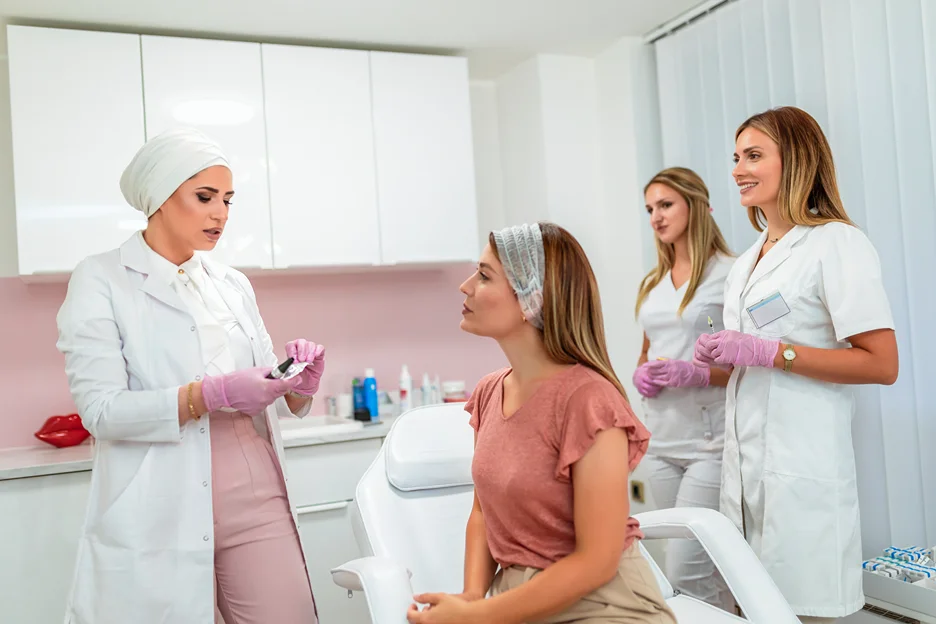
Clinic locations influence polynucleotide treatment costs. Clinics in urban areas often charge more due to higher operating costs, like rent and staff salaries. For example, expect to potentially pay 15-20% more in a major city** compared to a rural area.
Suburban or rural clinics may offer lower prices, but don’t automatically assume lower cost means lower quality. Instead, investigate clinics near you to understand average prices before you plan your budget.
Clinics in prime metropolitan areas raise fees to cover operational expenses and reflect higher demand. Research a clinic’s licensing and compliance with medical standards, factors that affect their pricing. You pay not only for the polynucleotide product but also for the clinic’s operating costs.
Don’t equate prestigious addresses with guaranteed quality. Independent of location, assess a clinic’s reputation using verified reviews. Compare pricing in relation to alternatives nearby.
A price too good to be true may suggest compromising cost-cutting measures, while markedly higher prices relative to other options may reflect service differentiators.
Practitioner Experience and Pricing
Practitioner experience directly affects polynucleotide treatment costs. Highly experienced practitioners typically charge more because they possess honed skills and a deeper understanding of the treatment, which can lead to more predictable results and fewer problems. Prioritize practitioner qualifications; advanced training and a proven track record often justify higher fees. Researching qualifications and reviews improves treatment outcomes.
| Practitioner Type | Average Consultation Fee |
| Nurse | $50 |
| Aesthetician | $75 |
| Doctor | $150 |
| Surgeon | $250 |
| Specialist | Varies |
Specialists, who manage more complex cases, charge a premium because of their specialized knowledge. While costs vary, consider it an investment in potentially better results. Choosing a practitioner involves weighing cost against the potential benefits of greater experience; experience doesn’t guarantee perfect results, but it suggests a higher chance of success.
What’s Included in the Price of a Polynucleotide Treatment?
The price of polynucleotide treatments involves more than just the solution itself. Typically, the initial price covers a consultation, where the practitioner examines your skin and discusses your goals. This assessment helps determine if you’re a suitable candidate and what results you can realistically expect.
The cost also includes the treatment session. The practitioner’s time, specialized knowledge, and supplies, such as needles and sterilization equipment, all factor into the price. For example, if a typical session takes 45-60 minutes, a portion of your payment covers that dedicated time.
Ask if the quoted price covers all sessions if you need multiple treatments. Studies suggest that some patients require 3-4 sessions, spaced 2-4 weeks apart, for optimal results.
Confirm whether follow-up appointments are included. These “check-ins” monitor your healing and the effectiveness of the treatment. Patient testimonials that describe consistent communication before, during, and after the treatment can indicate a provider who prioritizes patient care beyond the initial session.
Budgeting for Polynucleotide Treatments
Budgeting carefully for polynucleotide treatments is key. First, determine the treatment’s total cost and explore financing choices. Understand that health insurance generally doesn’t cover these treatments because insurers classify them as cosmetic.
Clinics may offer payment plans, letting you spread costs over several months for easier budgeting. Ask about discounts on package deals or special promotions. Discounts could range from 5% to 15%, depending on the provider and number of sessions purchased.
Remember that polynucleotide treatments often require multiple sessions. Estimate needing 3-6 sessions, spaced 2-4 weeks apart. So, multiply the single-session price to calculate the total treatment expense.
Also, account for post-treatment skincare products, which can add an extra $50-$100 per month to your budget. Thorough planning enables smart financial decisions.
Final Thoughts

Polynucleotide treatment costs vary depending on several factors. The specific type of polynucleotide used impacts the price; some formulations cost more than others. Treatment areas also affect the price. Expect to pay more for larger areas, perhaps 50% more for a full face compared to targeted areas like under the eyes.
Clinic location influences costs. Treatments in major cities typically command higher prices, possibly due to higher overhead costs. Practitioner experience affects fees; highly experienced practitioners often charge 10-20% more due to their specialized knowledge. Always confirm exactly what the quoted price covers to avoid unexpected charges, such as consultation fees or aftercare products.
Compare prices from multiple providers to get the best value, but remember that significantly lower prices may indicate less experienced practitioners or lower quality products.



